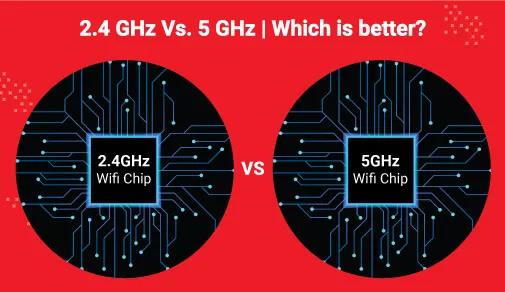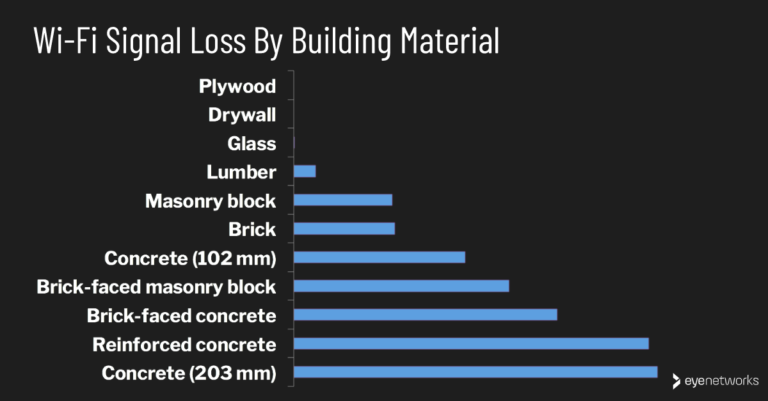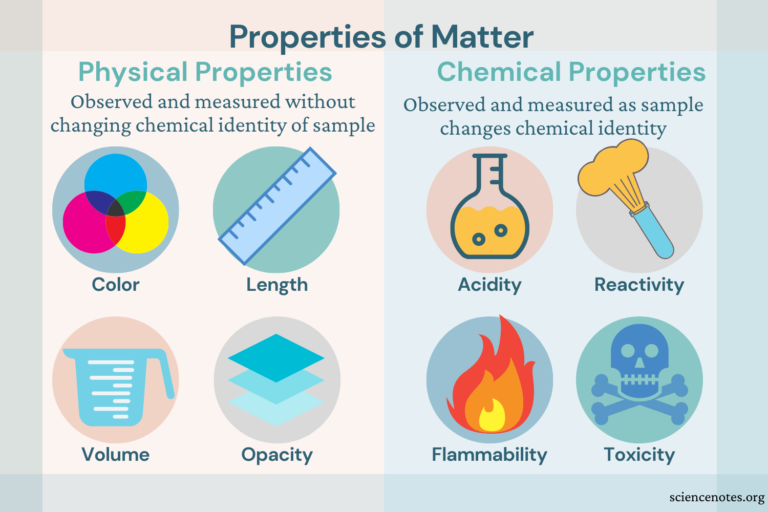Does 5GHz WiFi Go Through Walls?
5GHz WiFi is an increasingly popular form of wireless technology that offers faster speeds and more reliable connections than traditional 2.4GHz WiFi. While 5GHz WiFi has some advantages over 2.4GHz, one of the most common questions is whether or not it can penetrate through walls. The answer is yes, with some caveats. 5GHz WiFi does have the capability to travel through walls, but the signal strength will be significantly reduced depending on the type of wall material and thickness. Additionally, the further the signal needs to travel, the more likely it is to be blocked or weakened.
What is 5GHz WiFi?
5GHz WiFi is a type of wireless internet that operates on the 5GHz frequency band. It provides faster performance and improved reliability than 2.4GHz WiFi, which is the more common frequency band used for wireless connections. When it comes to connecting to the internet, 5GHz WiFi is more suitable for households with multiple devices that need to be connected at the same time. However, the main question that many people ask is whether 5GHz WiFi can go through walls or not.
To answer this question, it is important to understand the difference between the two frequency bands. The 5GHz band has a shorter wavelength than the 2.4GHz band, meaning that it is better suited for transmitting data over shorter distances. This makes it ideal for applications in which a high-speed connection is required. As for its ability to go through walls, 5GHz WiFi does not have the same range as 2.4GHz WiFi. In general, 5GHz WiFi is not able to penetrate walls as effectively as 2.4GHz WiFi, which is why it is best used in environments with fewer obstacles.
In conclusion, 5GHz WiFi is a type of wireless internet that is best for households with multiple devices that require a fast connection. However, due to its shorter wavelength, 5GHz WiFi is not as effective at penetrating walls as 2.4GHz WiFi. Thus, when setting up a wireless network, it is important to consider the range of the wireless signal and the obstacles that may be blocking it.
How Does 5GHz WiFi Differ from Standard WiFi?
When it comes to wireless networks, 5GHz WiFi is becoming increasingly popular. In comparison to the standard 2.4GHz frequency, it offers an array of benefits, such as faster speeds, less interference, and a greater range. But what exactly makes it different from the classic WiFi?
5GHz WiFi is typically used for more data-intensive activities, such as streaming video, playing online games, and making VoIP calls. This frequency band is less crowded than 2.4GHz, which means that it offers faster and more reliable connections. Additionally, it is able to cover a greater distance than 2.4GHz, which is useful for large homes and businesses.
However, the downside of 5GHz WiFi is that it struggles to penetrate walls and obstacles. This is because of its higher frequency, which is much more easily absorbed by objects. In comparison, 2.4GHz WiFi is able to travel further and is better suited to providing wireless coverage over a large area.
So, the answer to the question “Does 5GHz WiFi go through walls?” is “not really.” While 5GHz WiFi is an excellent choice for data-intensive activities, it is not the best option for providing wireless coverage throughout a large building or home.
What are the Advantages and Disadvantages of 5GHz WiFi?
When it comes to WiFi, the frequency of the signal plays a major role in determining its performance. The two most common frequencies for wireless networks are 2.4GHz and 5GHz. While both are capable of providing a strong connection, there are some distinct advantages and disadvantages to using 5GHz WiFi.
One of the main advantages of 5GHz WiFi is its speed. This frequency offers more bandwidth than 2.4GHz, meaning it can transmit data faster and more reliably. It also supports more devices, so you can connect more devices to your network without experiencing a slowdown in speed. Additionally, 5GHz signals have shorter wavelengths, making them better at penetrating walls and other obstructions.
However, the main disadvantage of 5GHz WiFi is its range. Since its signals are shorter, they don’t travel as far as 2.4GHz signals. This means that if you have a large home or office, you may need to strategically place access points throughout the space to ensure reliable coverage. Additionally, 5GHz signals can be more easily disrupted by other electronic devices, such as microwaves, cordless phones, and baby monitors.
Overall, 5GHz WiFi offers a number of benefits, such as increased speed and the ability to penetrate walls. However, its range limitations should be taken into consideration when deciding whether it’s the right frequency for your environment.
How Does 5GHz WiFi Interact with Different Materials?
When it comes to the discussion of 5GHz WiFi and how it interacts with different materials, there is a lot to consider. This frequency of WiFi is the newest technology, and it brings with it a wide range of benefits, such as faster speeds and better signal penetration. But how does 5GHz WiFi interact with different materials such as walls, furniture, and other objects?
To understand the way 5GHz WiFi interacts with materials, we must first understand the basic principles of electromagnetic radiation. This type of radiation is made up of waves that transfer energy through space, and these waves are affected by the materials they come into contact with. Different materials absorb, reflect, and refract electromagnetic radiation differently depending on their composition.
When it comes to walls, the thick layers of material present in most walls can absorb, reflect and refract the 5GHz frequencies, resulting in some of the signal being blocked. However, it is important to note that the exact amount of signal that is absorbed, reflected or refracted, will depend on the type of wall and the frequency of the signal.
Similarly, the type of furniture, the size and shape of the room, and other objects present in the space will all interact with the 5GHz signals in different ways. The key is to understand how each material interacts with the 5GHz frequency, so that you can optimize your WiFi network’s performance.
In conclusion, it is important to understand how 5GHz WiFi interacts with different materials in order to maximize its performance. Different materials absorb, reflect and refract the signal in different ways, so it is important to understand how each material interacts with the 5GHz frequency. With this knowledge, you will be able to optimize your WiFi network for the best possible performance.
What Factors Affect 5GHz WiFi Performance?
When considering the performance of a 5GHz WiFi network, there are several factors that can affect its performance. These factors include the power of the signal, the number of walls and other obstructions between the router and device, the type of construction materials in the walls, and the wireless interference from other devices.
The power of the 5GHz signal is determined by the router’s transmission power, which is measured in dBm (decibels per milliwatt). A high dBm rating indicates a strong signal, while a low dBm rating indicates a weak signal. The number of walls and other obstructions between the router and device can also play a role in the strength of the signal. The more walls and obstructions, the weaker the signal will be. Additionally, the type of construction materials used in the walls can have an impact on the signal strength. Certain materials such as metal and concrete can block or reflect the signal, which can reduce the signal strength.
Finally, wireless interference from other devices can also affect the performance of a 5GHz WiFi network. Devices such as microwaves, cordless phones, and Bluetooth devices can create electromagnetic interference that can reduce the signal strength. It is important to ensure that these devices are as far away from the router as possible in order to avoid interference.
By understanding the factors that can affect 5GHz WiFi performance, you can ensure that your network is working at its best. Keep in mind that a strong signal is necessary for reliable performance, so be sure to consider the factors discussed above when assessing the performance of a 5GHz WiFi network.
What are the Best Practices for Setting Up a 5GHz WiFi Network?
With the proliferation of wireless-enabled devices, many homeowners have begun to consider the benefits of setting up a 5GHz WiFi network. It is important to note, however, that 5GHz WiFi may not necessarily go through walls. So, if you are looking to get the best out of your 5GHz WiFi network, it is important to understand the best practices for setting it up.
The most crucial element to consider when setting up a 5GHz network is the placement of the router. This is because the signal strength of the router will be significantly diminished if it is placed in an area that is surrounded by walls and other objects. Thus, it is important to place the router in an open space, preferably in the center of the home, to ensure optimal signal strength. Additionally, it is important to avoid placing the router near large metal objects, as these can significantly interfere with the signal.
Furthermore, it is important to check for any software updates that may be available for the router. This is because software updates can help to optimize the router’s performance and, in some cases, improve its range and signal strength. Additionally, it is important to consider what type of antenna should be used for the router. While most routers come with omnidirectional antennas, it may be beneficial to use directional antennas, as these can help to optimize the signal strength in specific directions.
Finally, it is important to ensure that the network is securely configured. This is because an unsecure network can be vulnerable to cyberattacks. Thus, it is important to ensure that the network is password-protected and that all devices are securely connected to the network.
By following these best practices, homeowners can ensure that their 5GHz WiFi networks are operating at optimal levels and can enjoy the benefits of a reliably strong signal.
FAQs About the Does 5GHz WiFi Go Through Walls?
Q1: What is 5GHz WiFi?
A1: 5GHz WiFi is a type of wireless connection that operates on a higher frequency than the more common 2.4GHz WiFi. This allows it to provide faster speeds and more reliable connections, but also means that it may not be able to penetrate walls as easily as 2.4GHz WiFi.
Q2: What are the advantages of using 5GHz WiFi?
A2: The main advantage of using 5GHz WiFi is that it offers faster speeds and more reliable connections than 2.4GHz WiFi, which can be especially useful for streaming media or gaming.
Q3: Will 5GHz WiFi go through walls?
A3: Because 5GHz WiFi operates on a higher frequency, it is not as good at penetrating walls and obstacles as 2.4GHz WiFi. However, the signal can still travel through some obstacles depending on their size and material.
Conclusion
In conclusion, 5GHz WiFi does not go through walls as easily as 2.4GHz WiFi, due to its higher frequency and shorter wavelength. This means that 5GHz WiFi signals are more easily blocked by walls, furniture, and other objects, leading to weaker signals and slower speeds. However, with the right setup and placement of the router and antennas, 5GHz WiFi signals can be sent through walls and other obstacles.






